Pop-up canopy tents are an indispensable addition to outdoor events, providing shade, protection, and branding opportunities. However, like any tool, they have their unique set of challenges. As an experienced canopy expert, I’ll address these common issues and offer expert solutions to ensure your canopy experience is seamless.
1) Pop-Up Tent Can’t Sustain Heavy Winds
One of the foremost concerns when investing in a pop-up canopy tent is its ability to withstand wind and rain. It’s a valid concern since no one wants their event marred by a runaway tent. Cheaper tents found at big-box stores often fall short in windy conditions.
Solution: Opt for a professional-grade pop-up canopy tent, like our ASAP CANOPY, engineered to withstand 35 mph wind gusts, backed by a certified wind rating. These tents, unlike their cheaper counterparts, are manufactured in the USA, ensuring quality control. They feature robust aluminum frames, a significant improvement over the thinner steel legs of cheaper tents. To secure your canopy, consider using heavy footplates, sandbags, water barrels, or tent stakes, depending on your event’s requirements.
2) Confronting Frame Durability
Cheap canopy frames that buckle under pressure are a common headache for many users. Quality matters in the world of pop-up canopy tents.
There are six main things to look for to determine how heavy-duty a pop-up tent actually is:
- Material: Anodized aluminum has a much better strength-to-weight ratio than steel and is nearly as hard as a diamond.
- Thickness: Professional pop-up tents use 12-gauge aluminum, which is 2mm thick. Recreational pop-up tents that you find at big box stores use material less than 1mm thick.
- Leg design: Commercial-grade canopies use hex or octagonal leg designs for better grip and more surface area for greater stability. Cheaper tents tend to use square legs, which isn’t stable.
- Connecting joints: Cheap tents use all plastic parts for connecting joints. Professional, heavy-duty canopy tents use anodized aluminum for optimal strength.
- Footpad: Cheap tents typically feature a piece of plastic or thin metal (less than ⅛” thick) that pops into the bottom of each leg. Professional pop-up tents use a more robust footpad that’s at least ¼” inch and made from cast aluminum.
- Frame weight: A cheaper 10×10 pop-up tent can weigh about 50-60 lbs. and still collapse after a simple rainstorm. Professional 10×10 canopy tents weigh around 75 lbs. Anything lighter, and you can assume it’s not a heavy-duty tent.
Solution: Assess the frame’s material, thickness, leg design, connecting joints, foot pad, and overall weight. Opt for anodized aluminum frames with a thickness of at least 2mm, known for their strength-to-weight ratio. Look for hexagonal or octagonal leg designs that enhance grip and stability. Avoid square-legged designs, which lack stability. Additionally, professional-grade canopy tents use anodized aluminum for connecting joints and feature sturdy foot pads made from cast aluminum. These tents typically weigh around 75 lbs for durability.
3) Resolving Water Pooling
Canopy frame collapse can occur when water pools on the canopy, exceeding the frame’s weight capacity. Ill-fitting canopies are often to blame.
Solution: Select a pop-up tent with a snug-fitting canopy made from high-quality, water-resistant materials. Hand-sewn canopies, like those crafted with Duranti fabric, are known for their water resistance. Tight canopies prevent water pooling. For added ingenuity, consider using pool noodles in all four corners to increase tension and prevent sagging.
4) Simplifying Transportation
Transporting heavy-duty pop-up canopy tents can be a logistical challenge, requiring a suitable vehicle and multiple hands. This applies to both steel-frame and professional-grade options.
Solution: Streamline transportation by choosing a pop-up tent equipped with a carry bag and wheel kit, making the movement of even hefty tents hassle-free. Alternatively, explore the convenience of inflatable tents like the ASAP Inflatable Tent, designed for easy transport.
5) Shortening Custom Canopy Lead Times
Custom canopy production can lead to frustrating wait times, especially when an event is just around the corner. Many suppliers rely on global supply chains, resulting in unpredictable delays.
Solution: Opt for a supplier like ASAP CANOPY that manufactures its frames in-house and builds products on-demand. This approach typically results in shorter lead times, often ranging from 3 to 5 days, ensuring your custom pop-up tent is ready when you need it.
In conclusion, while pop-up canopy tents present challenges, informed decisions and proper care can help overcome them. Don’t let these common issues deter you from enjoying the benefits of a top-quality pop-up canopy tent. By selecting the right tent, employing secure anchoring methods, and exploring innovative transport options, you can ensure a successful outdoor event experience.




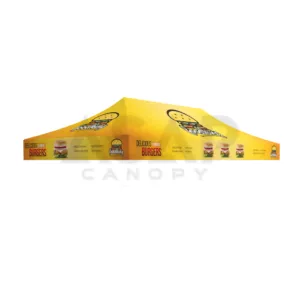
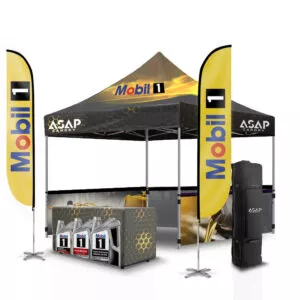


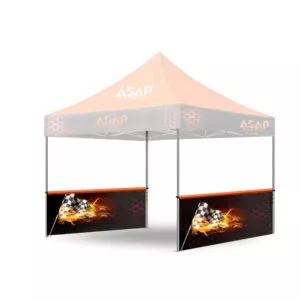
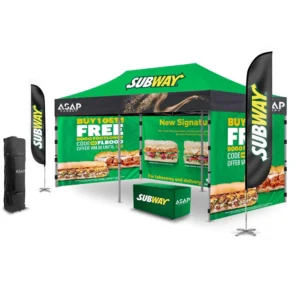

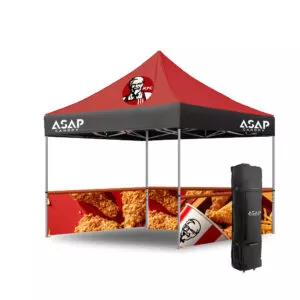
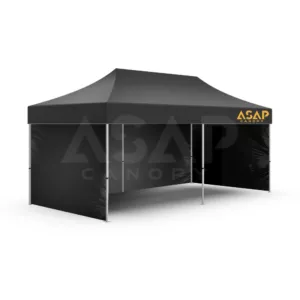



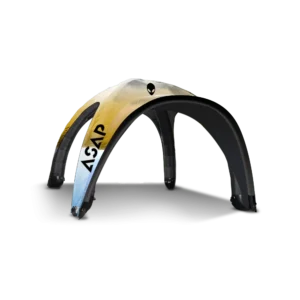

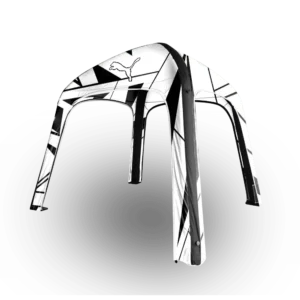



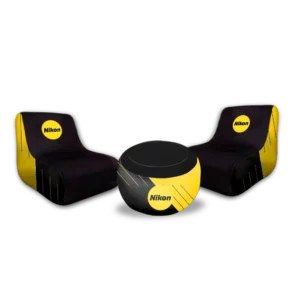




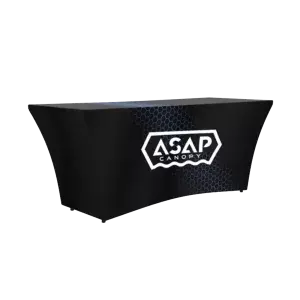

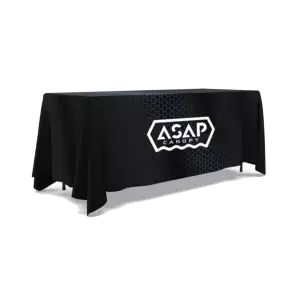





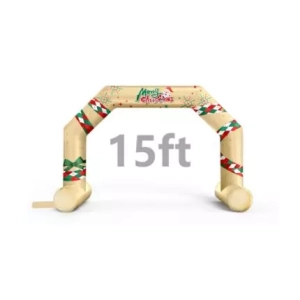





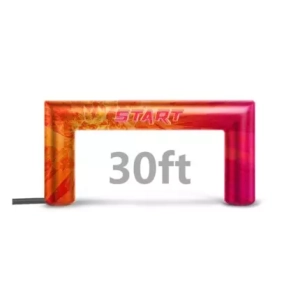





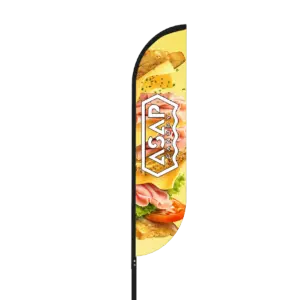


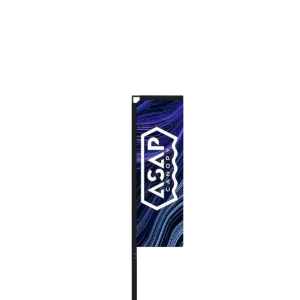

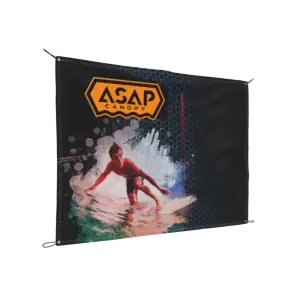
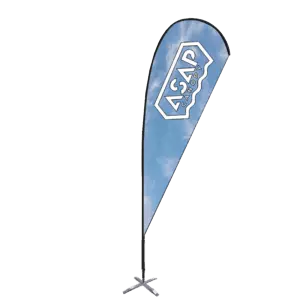

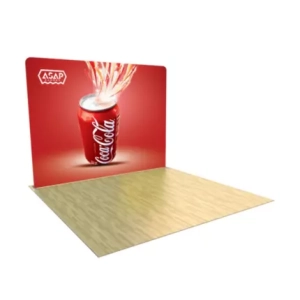

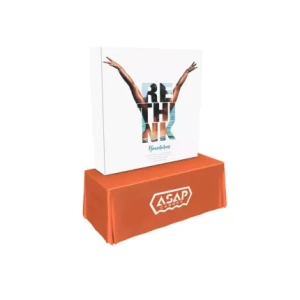
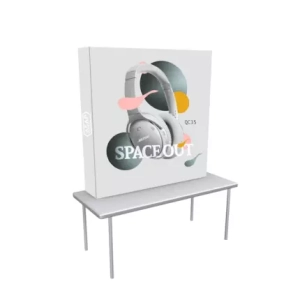
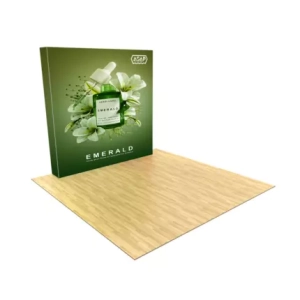



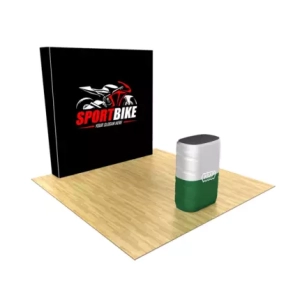




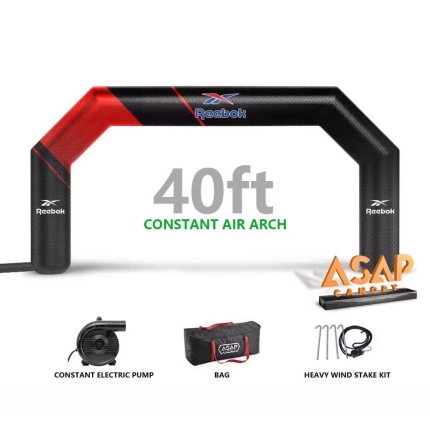

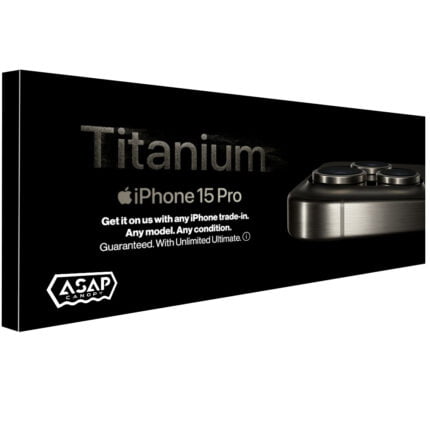


 5×5 Pop Up Tent
5×5 Pop Up Tent 6.5×6.5 Pop Up Tent
6.5×6.5 Pop Up Tent 10×10 Canopy Tent
10×10 Canopy Tent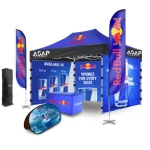 10×15 Canopy Tent
10×15 Canopy Tent 10×20 Canopy Tent
10×20 Canopy Tent Canopy Options
Canopy Options Blank Canopy Top
Blank Canopy Top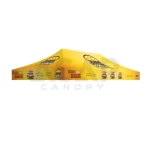 Canopy Top
Canopy Top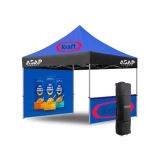 Canopy Walls
Canopy Walls Canopy Side Skirt
Canopy Side Skirt Blank Canopy
Blank Canopy Blank Canopy Kit
Blank Canopy Kit
 Inflatable Canopy Tents 10×10
Inflatable Canopy Tents 10×10 Inflatable Canopy Tents 13×13
Inflatable Canopy Tents 13×13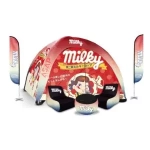 Inflatable Canopy Tents 16×16
Inflatable Canopy Tents 16×16 Inflatable Canopy Tents 20×20
Inflatable Canopy Tents 20×20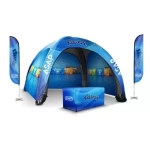 Inflatable Canopy Tents 23×23
Inflatable Canopy Tents 23×23 Inflatable Canopy Tents 26×26
Inflatable Canopy Tents 26×26 Inflatable Spider Tents
Inflatable Spider Tents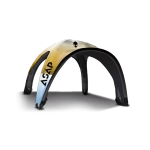 Inflatable Dome Tents
Inflatable Dome Tents Inflatable Eclipse Tents
Inflatable Eclipse Tents Inflatable Party Tent
Inflatable Party Tent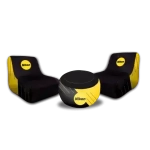 Inflatable Furniture
Inflatable Furniture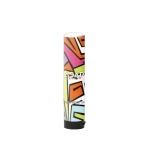 Inflatable Pillar
Inflatable Pillar
 Single Pole Star Tents
Single Pole Star Tents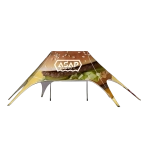 Double Pole Star Tents
Double Pole Star Tents
 15FT Inflatable Arches
15FT Inflatable Arches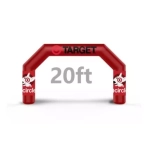 20FT Inflatable Arches
20FT Inflatable Arches 25FT Inflatable Arches
25FT Inflatable Arches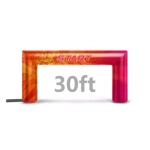 30FT Inflatable Arches
30FT Inflatable Arches 40FT Inflatable Arches
40FT Inflatable Arches 50FT Inflatable Arches
50FT Inflatable Arches Custom Constant Arches
Custom Constant Arches Custom Sealed Arches
Custom Sealed Arches
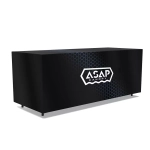 Fitted Table Covers
Fitted Table Covers Stretch-Fit Table Covers
Stretch-Fit Table Covers Loose Table Throws
Loose Table Throws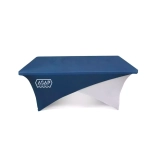 Cross-Over Stretch-Fit Table Cover
Cross-Over Stretch-Fit Table Cover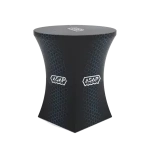 Round Stretch-Fit Table Cover
Round Stretch-Fit Table Cover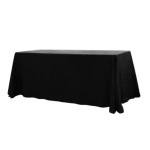 Blank Table Throws
Blank Table Throws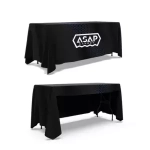 3-Sided Loose Table Throw
3-Sided Loose Table Throw Round Fitted Table Covers
Round Fitted Table Covers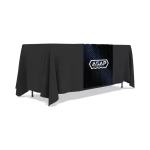 Table Runners
Table Runners Square Table Covers
Square Table Covers
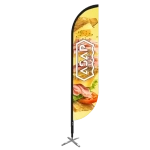 Feather Flags
Feather Flags Blade Flags
Blade Flags Feather Banner
Feather Banner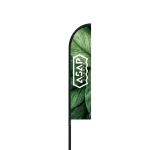 Blade Banner
Blade Banner Teardrop Flags
Teardrop Flags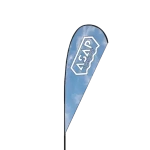 Teardrop Banner
Teardrop Banner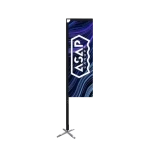 Rectangle Flags
Rectangle Flags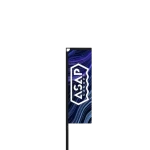 Rectangle Banner
Rectangle Banner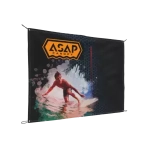 Mesh Event Banners
Mesh Event Banners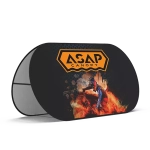 Pop Out Banner Horizontal
Pop Out Banner Horizontal Pop-Out Banner Vertical
Pop-Out Banner Vertical
 Trade Show Display
Trade Show Display Trade Show Display Kit
Trade Show Display Kit Pop Up Trade Show Display
Pop Up Trade Show Display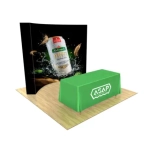 Pop Up Trade Show Display Deluxe Kit
Pop Up Trade Show Display Deluxe Kit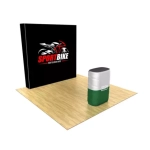 Pop Up Trade Show Display Kit
Pop Up Trade Show Display Kit TableTop Displays Kit
TableTop Displays Kit Pop Up Tabletop Display Kit
Pop Up Tabletop Display Kit Pop Up Tabletop Display
Pop Up Tabletop Display Tabletop Display
Tabletop Display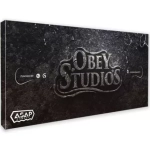 Straight Trade Show Exhibit Booth
Straight Trade Show Exhibit Booth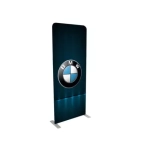 Banner Stand
Banner Stand
 Tent Accessories
Tent Accessories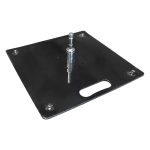 Flag Accessories
Flag Accessories Arch Accessories
Arch Accessories Trade Show Accessories
Trade Show Accessories
